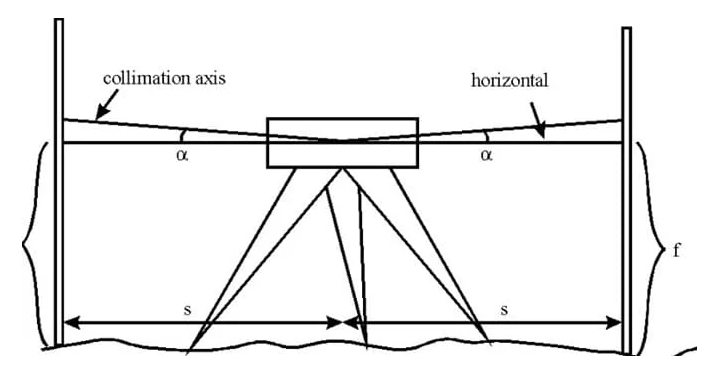Special Surveying Instruments and their Uses in Civil Engineering Surveying
Sometimes special surveying instruments are required for specific purposes in civil engineering surveys. Types of these special surveying instruments with their uses are discussed in this article.
There are many general surveying instruments such as compass, levels, theodolites etc. used for different operations. But there are some special surveying instruments with some specific purposes with different setups.
Types of Special Surveying Instruments and Their Uses
The special instruments used in surveying are:
- Jig telescope and jig transit
- Telemeter
- Collimator
- Altimeter
- Electronic theodolite
Jig Telescope and Jig Transit
In olden days, conventional transit and levels were used for industrial surveying. In modern times, high precision surveying instruments are required. Hence jig telescope and jig transit are developed which are used for optical tooling. Jig telescope has optical micrometers which can measure to the 1000th of an inch.
 |
Jig Telescope and Jig Transit |
Telemeter
Telemeter is a special surveying instrument which directly measures the horizontal distance. It is attached to the telescope at objective end and corresponding to that a counter weight is attached at eye-piece end. Usage of telemeter is similar to tacheometer, but in this case readings are taken directly.
Figure below shows the horizontal rod with Vernier which is used with telemeter. During field measurements, the image of the Vernier is brought into the middle and then micrometer drum is revolved until both Vernier and main scale graduations are coincided.
The reading obtained by telemeter represents the slope distance along line of sight. If the inclined distance is L and angle of inclination is x, then horizontal distance is
D = L cosx
 |
Telemeter |
Collimator
A normal telescope can be converted into collimator by replacing the standard eye piece with eye piece lamp by focusing it to infinity. Generally, collimators are used as reference marks for optical tooling. Collimator has four levelling screws.
The major advantage with collimator is the accuracy of measurement which is independent of position of instrument and distance from collimator to station. Eye piece of collimator can be changed to required level of zooming to see the targets with more accuracy.
The major effecting factor for an altimeter is temperature variation since it is dependent of air density. Generally, altimeter is calibrated at 10oC. If the observational temperature is more than 10oC, then the difference in elevation is too. If it is more than 10oC t hen elevation difference is more. So, a correction 0.2ft is applied for every 100ft elevation difference when temperature is above 10oC.
Electronic Theodolites
Electronic Theodolites are the modern surveying instruments. They measure angular observation by Opto-electronic scanning. They have separate control panel with key board and LCD’s.
The keys present in electronic theodolites are useful to create new tasks to be done, and it has multi-functional keys. The display shows the clear reading of measurement taken in the field.
 |
Electronic Theodolites |
Because of speed and efficiency of electronic theodolites in measurements, it is widely used for surveying. It is also capable of storing the measurement values without writing them on a paper.
Read More:








No comments:
Post a Comment
If you are getting more information from civilengineerfriend page please give your comments. Share the page information in your whatsapp group. Subscribe our page to get more information.